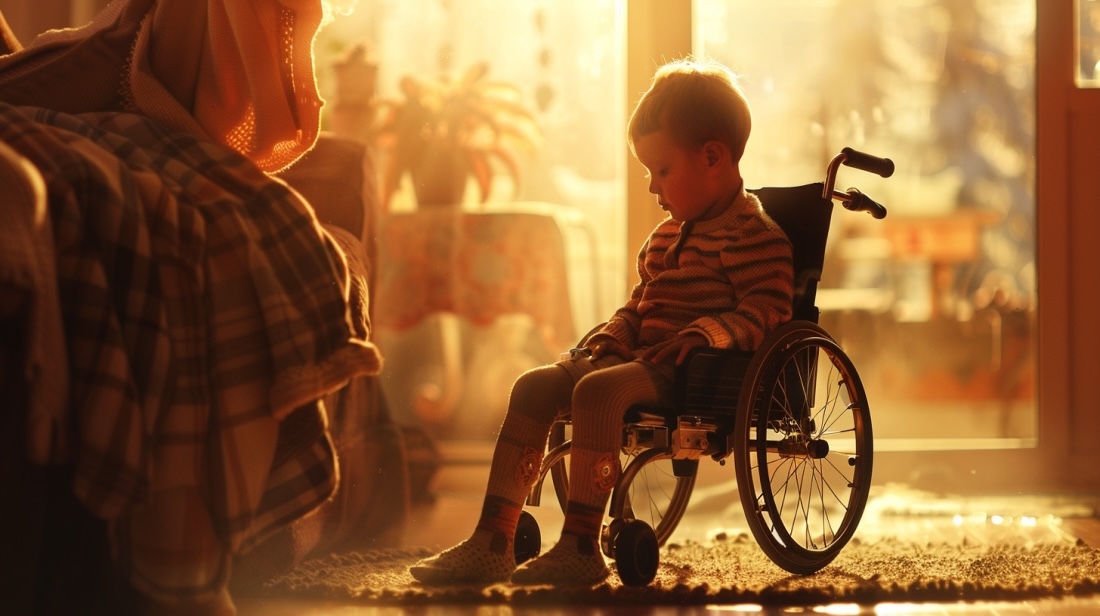
Bruck–De Lange Disease is a rare genetic disorder that affects connective tissues, leading to various skeletal abnormalities. This condition, also known as congenital contractural arachnodactyly, can cause long, slender fingers and toes, joint contractures, and other physical challenges. Individuals with this disease may experience difficulties with mobility and growth. Understanding the key facts about Bruck–De Lange Disease can help in recognizing symptoms early and seeking appropriate medical care. This article will provide 25 essential facts about this condition, offering insights into its causes, symptoms, and management. Whether you're a student, a parent, or just curious, these facts will give you a clearer picture of this rare disorder.
Key Takeaways:
- Bruck–De Lange Disease is a rare genetic disorder that affects connective tissues, causing skeletal abnormalities and other systemic issues. Early detection and management are crucial for improving quality of life.
- Genetic counseling, family planning, and ongoing research play vital roles in understanding and managing Bruck–De Lange Disease. Joining support groups and participating in clinical studies can provide valuable support and contribute to future treatments.
What is Bruck–De Lange Disease?
Bruck–De Lange Disease is a rare genetic disorder that affects connective tissues. It is characterized by a combination of skeletal abnormalities and other systemic issues. Here are some intriguing facts about this condition.
-
Rare Genetic Disorder: Bruck–De Lange Disease is extremely rare, with only a handful of cases reported worldwide.
-
Connective Tissue Impact: This disease primarily affects connective tissues, which support and structure other tissues and organs.
-
Skeletal Abnormalities: Individuals with this condition often have brittle bones, making them prone to fractures.
-
Genetic Mutation: The disease is caused by mutations in specific genes responsible for collagen production.
-
Autosomal Recessive: Bruck–De Lange Disease follows an autosomal recessive inheritance pattern, meaning both parents must carry the mutated gene.
Symptoms and Diagnosis
Understanding the symptoms and how the disease is diagnosed can help in early detection and management.
-
Early Onset: Symptoms usually appear in infancy or early childhood.
-
Growth Retardation: Affected individuals often experience delayed growth and development.
-
Joint Hyperlaxity: Increased flexibility in the joints is a common symptom.
-
Facial Dysmorphism: Distinctive facial features, such as a prominent forehead and wide-set eyes, are often observed.
-
Radiographic Imaging: X-rays and other imaging techniques are crucial for diagnosing skeletal abnormalities.
Treatment and Management
While there is no cure, various treatments can help manage the symptoms and improve quality of life.
-
Orthopedic Interventions: Surgical procedures may be necessary to correct bone deformities.
-
Physical Therapy: Regular physical therapy can help maintain joint function and mobility.
-
Pain Management: Medications and other therapies are used to manage chronic pain.
-
Nutritional Support: A balanced diet rich in calcium and vitamin D is essential for bone health.
-
Regular Monitoring: Continuous medical supervision is crucial for managing the disease effectively.
Genetic Counseling and Family Planning
Genetic counseling can provide valuable information for affected families.
-
Carrier Testing: Genetic tests can identify carriers of the mutated gene.
-
Prenatal Diagnosis: Prenatal testing can detect the disease in unborn babies.
-
Family Planning: Genetic counseling helps families understand the risks and make informed decisions.
-
Support Groups: Joining support groups can provide emotional and practical support for affected families.
-
Research Participation: Families can contribute to research efforts by participating in clinical studies.
Research and Future Directions
Ongoing research aims to better understand the disease and develop new treatments.
-
Gene Therapy: Scientists are exploring gene therapy as a potential treatment option.
-
Stem Cell Research: Stem cell therapy holds promise for regenerating damaged tissues.
-
Clinical Trials: Various clinical trials are underway to test new medications and therapies.
-
International Collaboration: Researchers worldwide are collaborating to share knowledge and resources.
-
Awareness Campaigns: Raising awareness about Bruck–De Lange Disease can help drive research funding and support.
Final Thoughts on Bruck–De Lange Disease
Bruck–De Lange Disease, a rare genetic disorder, affects bone development and growth. Understanding its symptoms, causes, and treatments can help those affected and their families. Early diagnosis is crucial for managing the condition effectively. Genetic counseling can provide valuable insights for families with a history of the disease. While there's no cure, treatments like physical therapy, medications, and sometimes surgery can improve quality of life. Research continues to explore new ways to manage and treat this condition. Awareness and education are key to supporting those living with Bruck–De Lange Disease. By staying informed and advocating for research, we can hope for better outcomes in the future. Remember, every bit of knowledge helps in the fight against rare diseases. Stay curious, stay informed, and support those in need.
Frequently Asked Questions
Was this page helpful?
Our commitment to delivering trustworthy and engaging content is at the heart of what we do. Each fact on our site is contributed by real users like you, bringing a wealth of diverse insights and information. To ensure the highest standards of accuracy and reliability, our dedicated editors meticulously review each submission. This process guarantees that the facts we share are not only fascinating but also credible. Trust in our commitment to quality and authenticity as you explore and learn with us.
